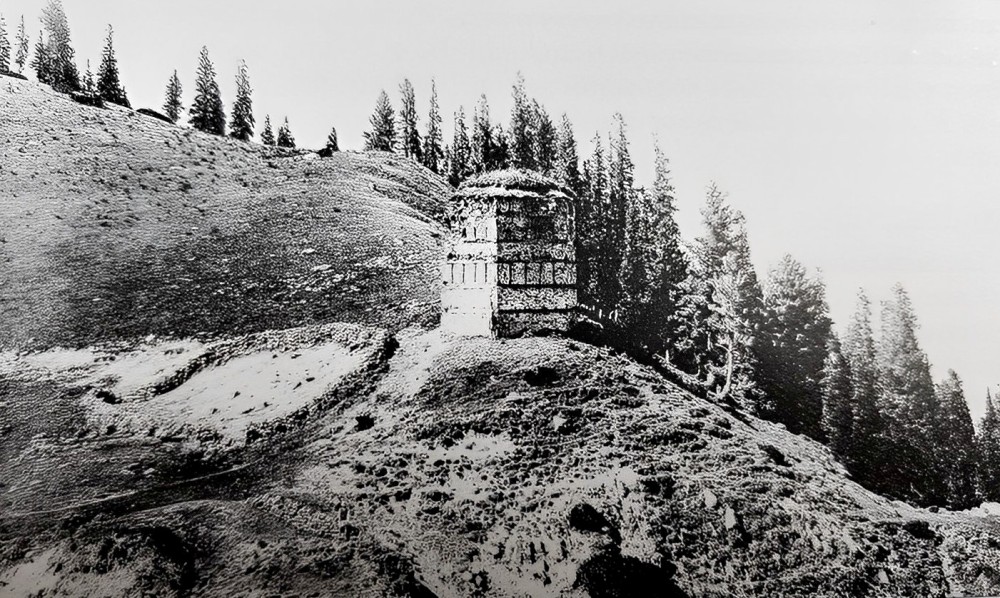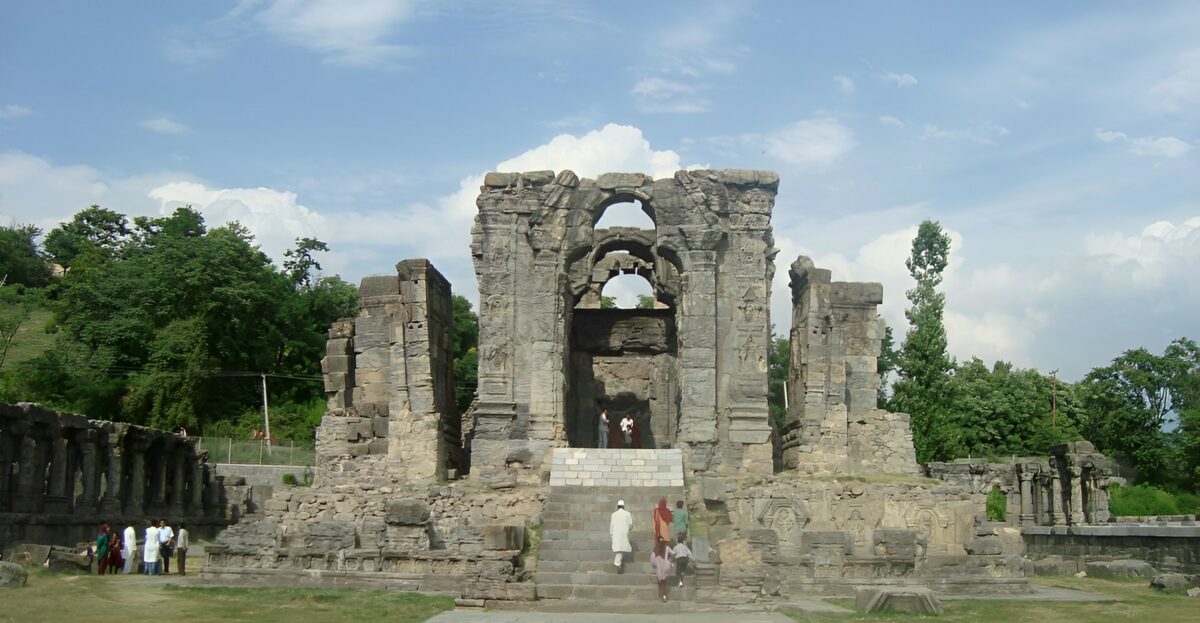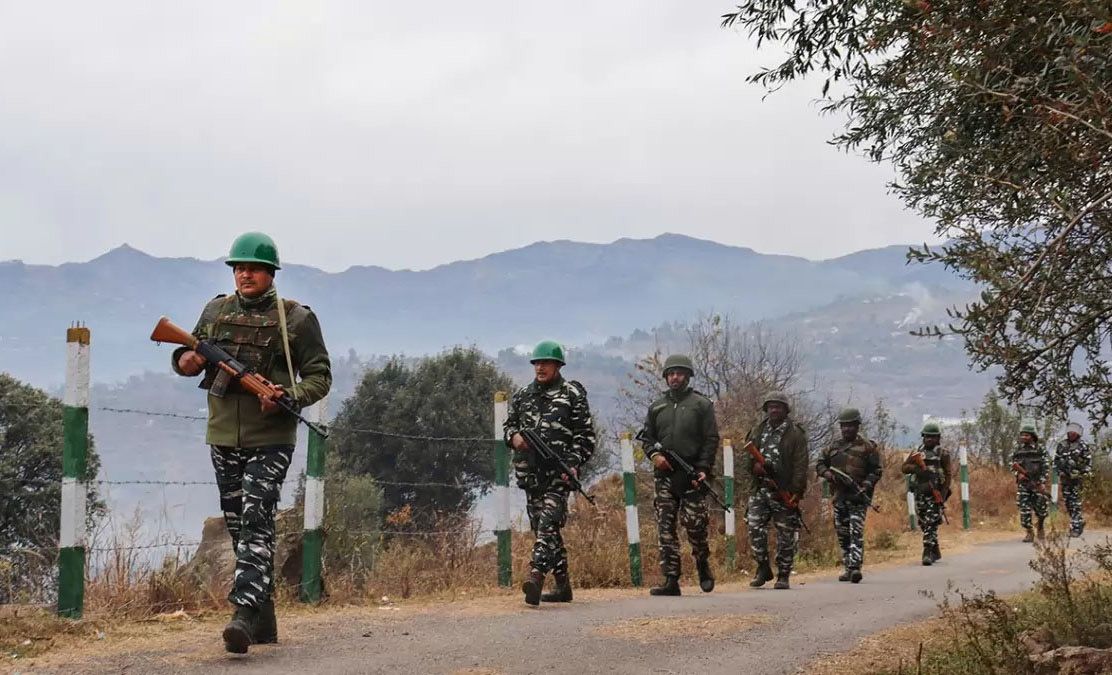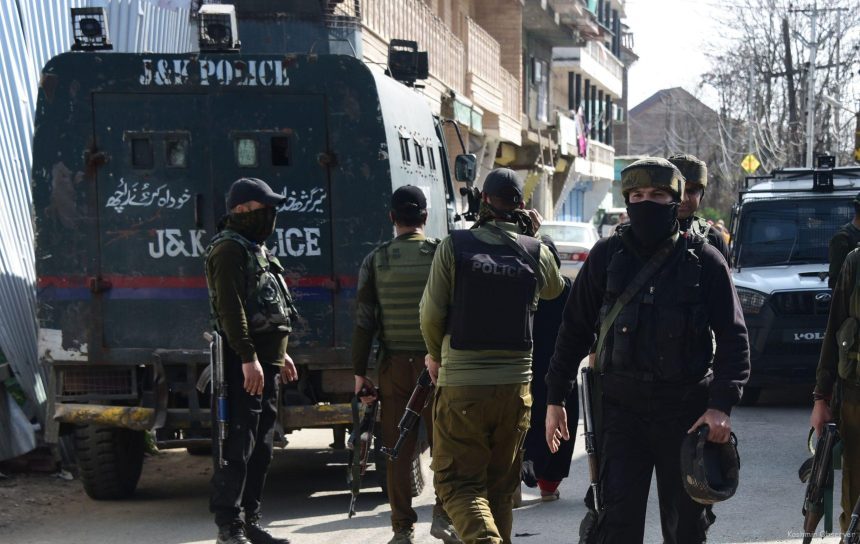Years after Alexander entered India, Indo-Greek relations cemented to the extent that the Greek kings appointed emissaries and ambassadors within the area. Megasthenes, one of many Greek envoys in Chandragupta Maurya’s courtroom at Pataliputra visited and recorded the life within the neighbouring areas together with Kashmir, experiences Muhammad Nadeem
Within the a long time following Alexander the Nice’s invasion of India in 326 BCE, a brand new period of cross-cultural change opened between the subcontinent and the Mediterranean world. As Alexander’s Generals carved out kingdoms from his fractured empire, they sought diplomatic and industrial ties with the highly effective dynasties rising farther east.
Probably the most intriguing of those early encounters occurred when Seleucus I Nicator, founding father of the Seleucid Empire based mostly in Persia and Mesopotamia, despatched an envoy named Megasthenes to the courtroom of Chandragupta Maurya, founding father of the primary pan-Indian empire in Pataliputra (trendy Patna).
Megasthenes was a Greek historian and ambassador who lived within the fourth- century BCE. He was born round 350 BCE, although his precise origins are unsure. Megasthenes accompanied Alexander the Nice throughout his Indian marketing campaign in 326 BCE, gaining first-hand expertise of north-western India.
After Alexander’s loss of life, Megasthenes turned an envoy for Seleucus I, serving on the courtroom of the Mauryan emperor Chandragupta in Pataliputra. On this function, he made a number of journeys to India round 300 BCE. Throughout his time there, Megasthenes travelled broadly throughout northern India and wrote an account titled Indika describing the geography, society, politics, philosophy, and pure options he noticed.
His ebook closely influenced later Greek and Roman views of the subcontinent. Although the Indika is now misplaced, fragments of it have been utilized by students and historians who got here after him and these fragments present one of the intensive early accounts of the subcontinent.
Probably Kashmir Go to
It’s possible that in his travels, Megasthenes visited Kashmir, which was an necessary centre of Mauryan management related to Pataliputra. As an envoy, he could have accompanied Chandragupta on journeys there. Particulars which Megasthenes recorded about saffron, wool manufacturing and historical cypress timber within the area correspond with matters that him, so Kashmir matches the profile of areas he might have visited, even when he doesn’t explicitly say so.
Megasthenes travelled broadly throughout northern India throughout his diplomatic missions, most likely together with the area of Kashmir inside his journeys and writings.
His function as an envoy additionally allowed Megasthenes to discover lands past Pataliputra. Throughout his five-year residence at Chandragupta’s capital from 302-298 BCE, fragments quoted by later writers reveal Megasthenes’ fascination with geography, folks, religions, social customs, and political methods. Additionally they make clear his explorations to Kashmir as a part of his ambassadorial travels. Regardless of some fanciful notions, Megasthenes’ account offers a useful glimpse of northern India and Kashmir on the daybreak of the Mauryan Empire.

The Envoy’s Account
Based on the fragments of Indika compiled by historians like Arrian, Strabo, and JW McCrindle, Megasthenes included observations on the folks and lands of Kashmir throughout his ambassadorial travels, “Kashmir is a fertile and populous area, the place the folks cultivated wheat, barley, rice, millet, sesame, and varied fruits.”
This passage demonstrates that Megasthenes travelled extensively in India past his political posting in Pataliputra to discover lands like Kashmir first-hand. He portrays fourth-century Kashmir as an agriculturally affluent and settled land nourished by staple crops like grains and sesame alongside fruits. His account means that Kashmir was already built-in into networks of commerce and materials tradition with different elements of northern India right now.
Megasthenes goes on to explain Kashmir’s political and social constructions: “Kashmir had a king who dominated with justice and knowledge and that the folks have been divided into seven castes, every with its personal occupation and duties.”
In his paper, The Historic Setting of Megasthenes’ Indica, AB Bosworth argues that Megasthenes visited India round 319/318 BC earlier than the rise of the Mauryan Empire. At the moment, India was fragmented into many small kingdoms and autonomous communities. Bosworth mentions that Megasthenes visited two main rulers – Porus within the Punjab and Chandragupta within the Gangetic Plain. He additionally notes that the present king Abisares of Kashmir was allowed to rule his territory beneath Alexander after paying tribute.
Then, Kashmir was an impartial kingdom with its personal ruler, moderately than a Mauryan possession, however shared cultural and ideological bonds with different areas. Kashmiris recognised the identical hierarchical caste system prevalent in Pataliputra and elsewhere, with social roles dictated by delivery moderately than particular person alternative. Every caste pursued its personal hereditary occupation, from priestly duties to carpentry and farming.
Megasthenes additional notes the cultural refinement and festive spirit of the Kashmiri folks, “The Kashmiris have been keen on music and dancing, and that that they had a competition yearly to rejoice the harvest.”
This reveals features of Kashmiri tradition stretching again over two millennia that, in some areas of Kashmir, resonate within the current day. Kashmir has lengthy been famend for its magnificence, poetry, track, and dance. Megasthenes captures Kashmiris’ appreciation for the humanities and communal pleasure throughout annual harvest celebrations—a heritage that persists throughout the ages. His account humanises this historical society for Mediterranean readers.
Myths and Legends
Whereas Megasthenes portrays fourth-century Kashmir as a affluent agrarian society, he recounts extra doubtful tales concerning the distant lands past its frontiers:
“Scyritae are stated to have legs contorted like snakes. They’re nomadic folks and have orifices as a substitute of nostrils…The pygmies talked of as having three spans as their peak, occupied the remotest a part of the mountains. It’s stated of them that they loved a perpetual spring due to the shady northern mountain vary. They lived in huts which have been product of clay, feathers, and eggshells.”
Although unreliable, these tales recommend Megasthenes heard myths about supposed tribes inhabiting northern Kashmir or past in lands like Gilgit and Hunza. Accounts combine information concerning the distant mountain terrain with creativeness working wild in describing peoples with distorted anatomies. This displays Greek fascination with distant unique lands crammed with unusual beasts and males.

Most famously, Megasthenes repeats earlier Greek notions of gold-digging ants inhabiting India’s northern mountains: “It’s maybe not unusual if we are saying that folks got here and robbed off this gold, as such a factor must be robbed—if something is value robbing, it’s gold. The strategy of effecting theft is described thus.”
Megasthenes has recorded that when these ants go underground at midday, folks secretly include beasts of burden to rob them of this gold.
Although fanciful, students now imagine these “ants” referred to precise mining operations in some areas of Kashmir like Dardistan whose digging resembled insectoid exercise. The passage reveals that distant areas past the Kashmir Valley acted as sources of gold accessed by merchants and infrequently guarded by aggressive tribal teams. Megasthenes’ account mixes fantasy with kernels of reality about historical Kashmir’s place in networks supplying valuable metals.
Megasthenes’ Pioneering Journey
Megasthenes’ glimpse of historical Kashmir represents only a fragment of his monumental textual content Indica, which supplied the classical world with its first expansive eyewitness account of India.
Although restricted in understanding, Megasthenes conveyed the size and marvel of India to Hellenistic audiences. His pioneering ambassadorial journey linked the worlds of Chandragupta Maurya and Seleucus I throughout cultures. Most importantly for Kashmir, Megasthenes’ account proves the area’s integral place inside broader civilisation and interconnectedness with Iran, Central Asia and the Mediterranean over two millennia in the past.
From agriculture to governance, commerce, and tradition, Megasthenes captures fourth-century Kashmir on the daybreak of recorded historical past. Regardless of some eroticised myths, his groundbreaking expedition might need made Kashmir recognized and comprehensible to the Greeks, ushering this fabled valley into the annals of world civilisations.
The put up Kashmir In the Fourth Century BC appeared first on Kashmir Life.
#Kashmir #Fourth #Century
Kashmir Tourism
Kashmir News
Source Link



